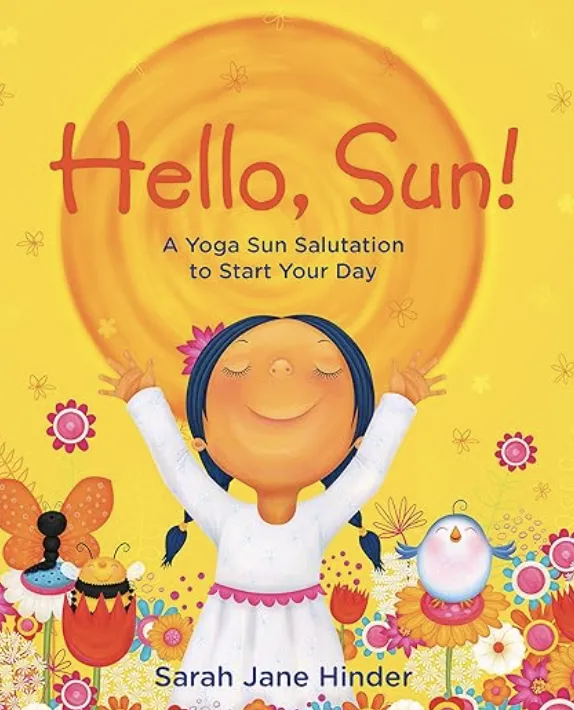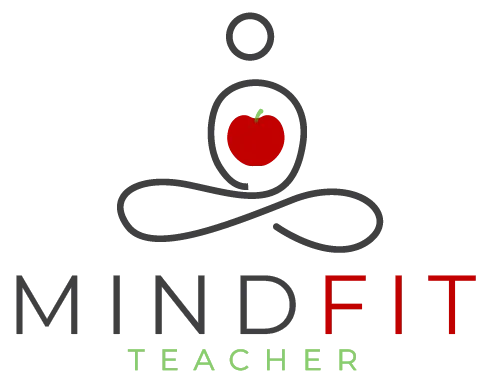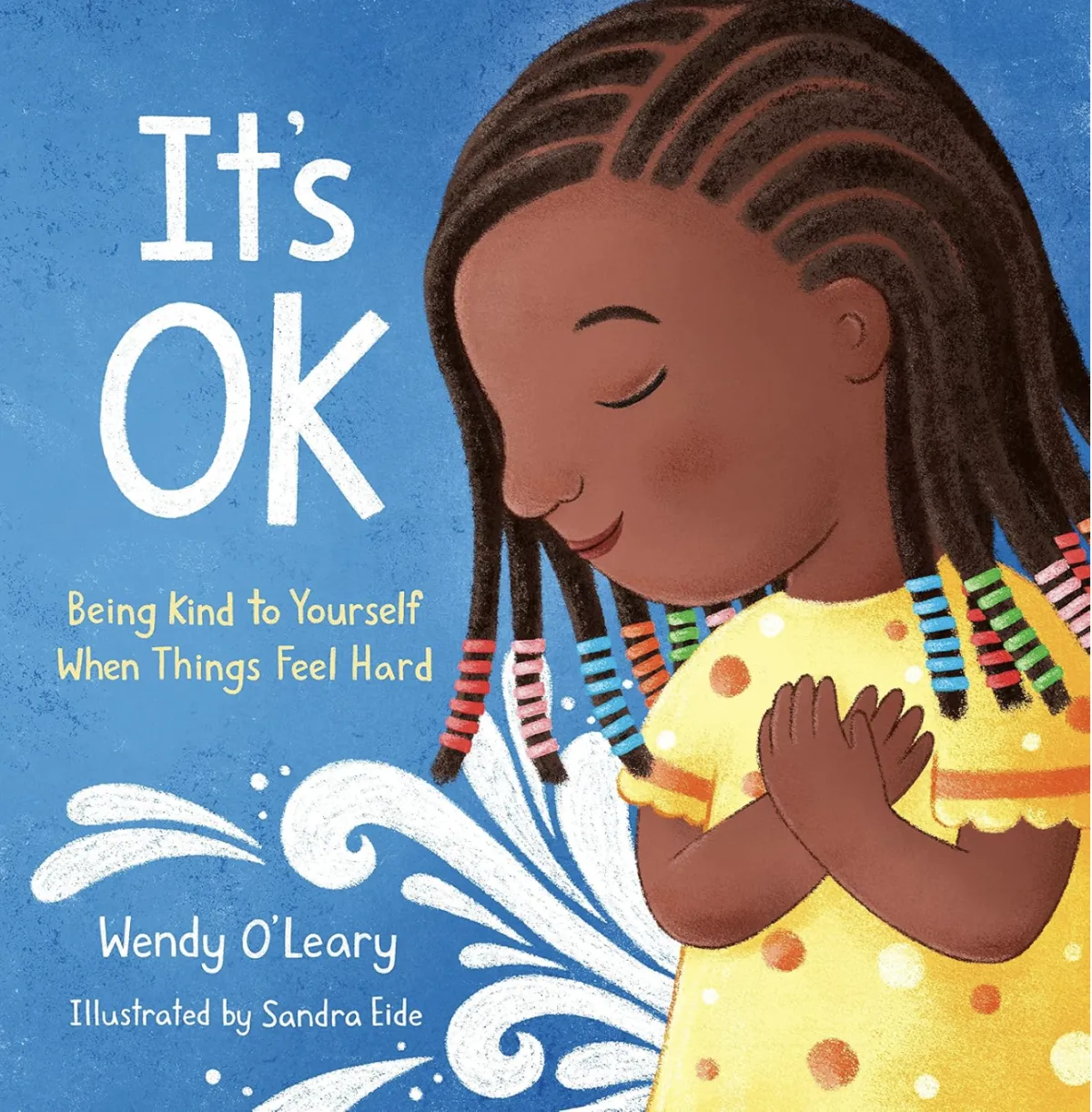MindFit Teacher Favorite Reads
Change Your Brain Every Day
by Dr. Daniel Amen
Change Your Brain Every Day, by Daniel Amen, is a must-read for all teachers and honestly, all humans. The book is divided into sections and days. For example, Nutrition Day 234 SOUL Food for Your Brain, and Happiness Day 277 Finding Happiness in the Brain.
With 366 daily golden nuggets of science-backed information and activities, you learn the brain is moldable and all healthy habits return to the brain. It's all a brain thing! This book will not only help you take better care of your brain and overall health, but it will also help you understand your students and their behaviors. All behavior comes from the brain. This book addresses every care and concern you may have regarding trauma, ADD/ADHD, habits, and much more.
This is a highlighter book for sure. I know that's controversial for some...my son cringes when I write in my books, but there's so much great information in this book that you have to mark it up. I recommend getting a hard copy of this one as you will want to refer back to it time and time again. If you'd like, you can purchase the book HERE on Amazon (I am not an affiliate).
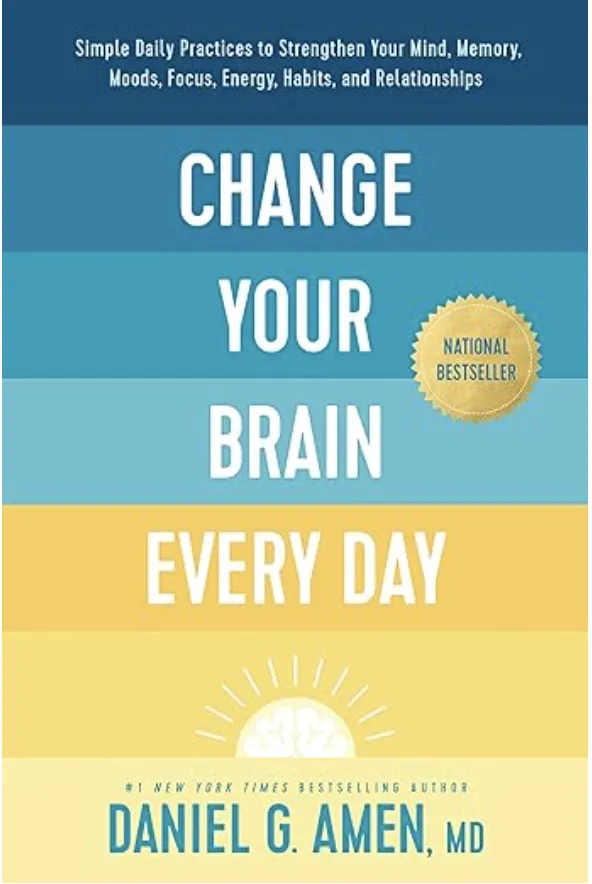
Tiny Habits
by BJ Fogg, PhD
Looking for an effective way to make positive changes without feeling overwhelmed? "Tiny Habits" by BJ Fogg is the perfect read for teachers! Fogg’s innovative approach focuses on making tiny adjustments to your daily routine, proving that even the smallest changes can lead to significant improvements over time.
Packed with practical exercises and real-life examples, "Tiny Habits" makes it easy to apply Fogg's methods right away. Instead of setting daunting goals, Fogg suggests starting with simple actions, like doing two push-ups after brushing your teeth. Celebrating these small wins is key to his strategy, making the process enjoyable and motivating. Fogg’s ‘tiny is mighty’ concept reveals that the secret to sustainable habit formation lies in ability and prompt, not just motivation.
The appendices are a goldmine for teachers, featuring behavior design models, a script for teaching the Fogg Behavior Model, the Tiny Recipe graphic organizer, thirty-two ways to give positive feedback, and hundreds of tiny recipes for various challenges. Teachers can easily adapt Fogg’s strategies in the classroom to help students develop strong academic and social-emotional wellness habits.
My students loved creating their reading and homework action plans, and when parents had questions or concerns, we reflected back on the plans and modified them as needed to promote student success.
With "Tiny Habits," you'll find yourself integrating new habits effortlessly and feeling great about the progress you and your students are making! Perfect for fostering a productive and positive classroom environment, this book is a must-read for educators. If you'd like, you can purchase the book HERE on Amazon (I am not an affiliate).
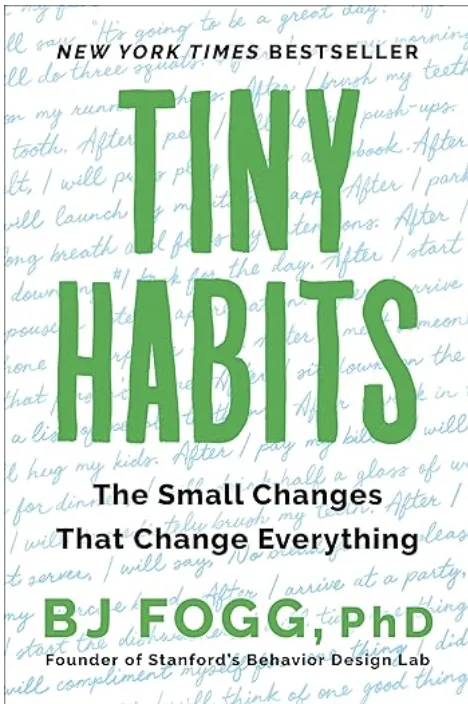
Light Up the Learning Brain
by Jessica Sinarski
"Light Up the Learning Brain" by Jessica Sinarski is a must-read for educators. Sinarski's warm and engaging writing style makes complex neuroscience accessible, providing practical strategies to transform your teaching and classroom. She emphasizes the importance of emotional safety and connection, showing how a positive environment can enhance learning.
Sinarski's book is packed with actionable tips tailored for young learners. From incorporating mindfulness practices to fostering a growth mindset, each strategy is designed to make learning more engaging and effective. Her insights into trauma-informed teaching are particularly valuable, offering compassionate and practical ways to support students who have experienced trauma.
The chapters are thoughtfully organized, beginning with an introduction to the brain's basic functions and moving through key topics such as the role of emotions in learning, the impact of stress, and the importance of play and creativity. Each chapter ends with practical takeaways you can implement immediately.
You’ll discover the upstairs “thinking” brain and the downstairs “emotional, reactive” brain. The author provides examples of how to teach students at different levels about these important parts of their brains. She introduces a cast of characters to represent the downstairs brain emotions that trigger the fight, flight, or freeze responses. These include the tiger, porcupine, chameleon, and turtle. Students often relate well to animals making these characters easy to understand and connect with. Sinarski also provides visuals and language to help teachers bring this to life in their classrooms.
"Light Up the Learning Brain" is not just a teaching guide, but a call to action for educators to become brain changers. By understanding and leveraging the science of learning, you can light up your students' brains and set them on a path to lifelong success. If you'd like, you can purchase the book HERE on Amazon (I am not an affiliate).
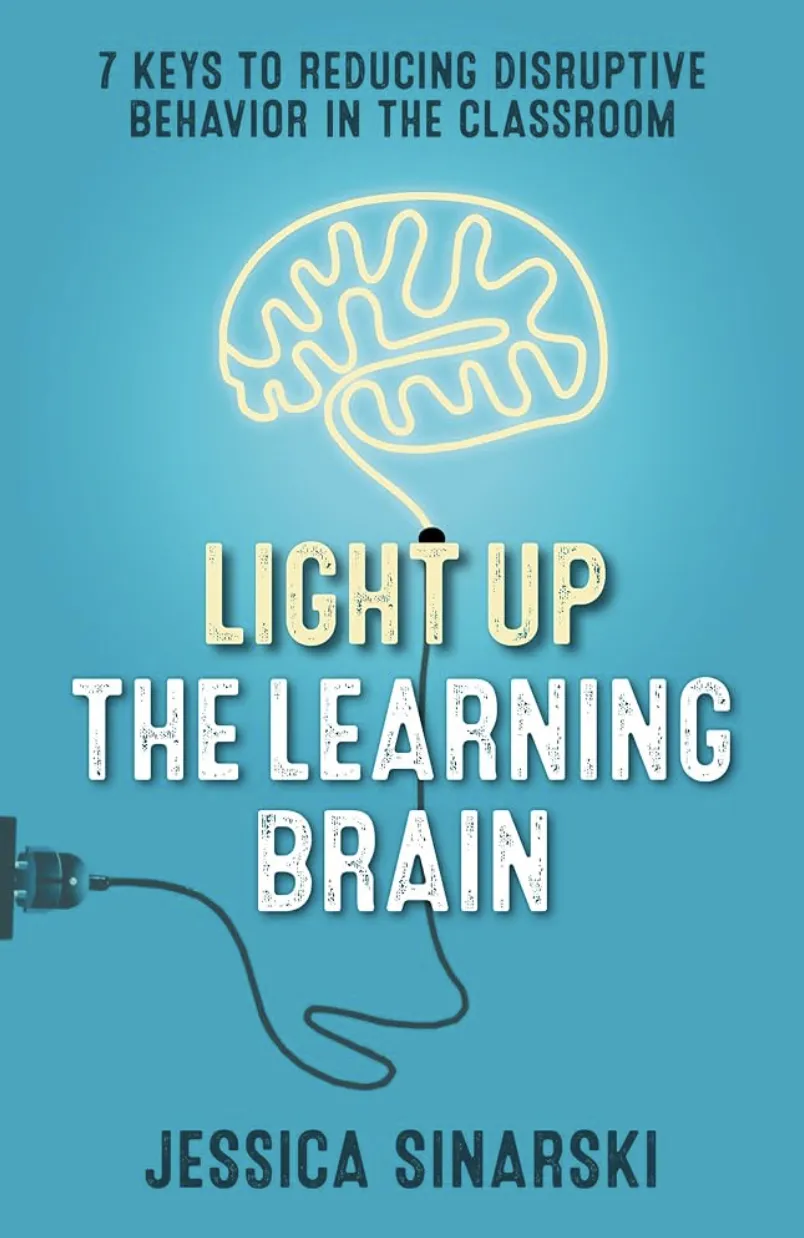
The High 5 Habit
by Mel Robbins
Mel Robbins introduces us to the simple yet profound practice of giving yourself a high five every morning. Sounds quirky, right? But trust me, there's magic in this small act. It's about building self-confidence, fostering a positive mindset, and creating a ripple effect of positivity that can touch every aspect of your life.
Teaching is rewarding, but let's be honest—it can also be incredibly challenging. "The High 5 Habit" offers a fresh perspective on self-care and mental resilience, which are crucial for educators. By starting each day with a high five to yourself, you set the tone for positivity and self-acceptance.
Students, too, face their own set of challenges, from peer pressure to academic stress. "The High 5 Habit" can be a wonderful tool for them to cultivate self-love and resilience.
Teachers can incorporate the high five habit into their daily routines with students. Imagine starting the day with a classroom-wide high-five ritual—it's a fun and uplifting way to kick off the day and build a sense of community. Plus, it's an excellent reminder that self-care is important at every age.
I have a mirror in my classroom dedicated to the High 5 Habit for my students to use throughout the day. I introduce the habit early on in the year and challenge my students (and their families) to practice it for one week to see the positive impact it has on their well-being.
In addition, I celebrate my students' successes with High 5 Awards that they can collect and share with their families!
"The High 5 Habit" by Mel Robbins is not just a book; it's an invitation to transform the way we see ourselves and the world around us. For teachers and students alike, this simple practice can lead to profound changes in mindset and well-being. So go ahead, give yourself a high five—you deserve it! If you'd like, you can purchase the book HERE on Amazon (I am not an affiliate).
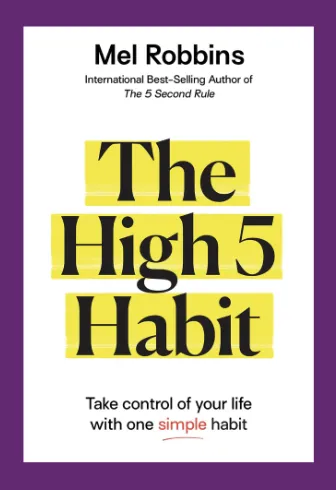
Good Morning, I Love You
by Shauna Shapiro, PhD
As a teacher constantly seeking ways to support my students and myself, Shauna Shapiro's, Good Morning, I Love You
has been a transformative read. Shapiro’s blend of scientific research and personal anecdotes makes this book informative and deeply relatable. She emphasizes the power of self-compassion and mindfulness, two practices that are incredibly beneficial in the classroom.
One particularly resonant quote is, “What you practice grows stronger.” This mantra reminds us that by nurturing positive habits and mindsets, we can foster a more compassionate and focused classroom environment.
For teachers, the benefits of this book are many. Shapiro provides practical exercises that can be seamlessly integrated into daily routines, helping to reduce stress and enhance emotional resilience. Her guided meditations and mindful practices are perfect for incorporating into a morning routine with students, setting a calm and positive tone for the day.
Her chapters are the perfect length and mix of science, practical tips, and storytelling. She wraps up each one with some awesome golden nuggets of wisdom.
I first experienced the book on Audible, and Dr. Shapiro's engaging and soothing voice made it an absolute delight to listen to. I loved it so much that I had to get a hard copy to highlight and mark up my favorite parts because I’d be referring back to it often.
As Shapiro aptly states, “Mindfulness gives us a way to work with our minds so we can live with a greater sense of ease, connection, and fulfillment.” This book is a must-read for any educator committed to the wellness of their students and themselves. If you'd like, you can purchase the book HERE on Amazon (I am not an affiliate).
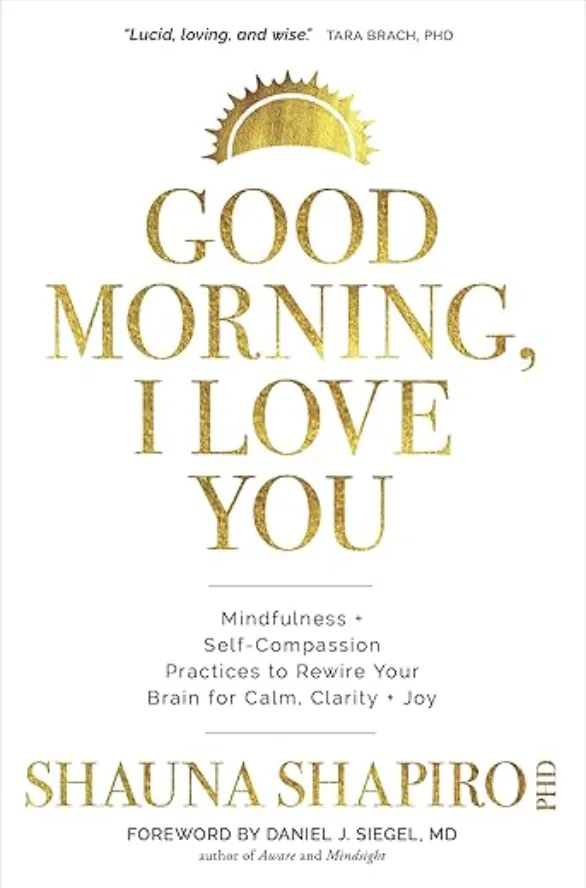
Good Morning, I Love You, Violet
by Shauna Shapiro, PhD
I was over the moon excited to discover that Dr. Shapiro has a companion children's book to Good Morning, I Love You, teaching kids the power of self-compassion.
Good Morning, I Love You, Violet by Shauna Shapiro, PhD, is a heartwarming story that introduces young readers to the transformative power of self-compassion and mindfulness. The message that 'what you practice grows stronger' is beautifully woven throughout the book.
This charming story follows Violet at home and school as she learns to embrace her feelings and practice kindness toward herself. It's a perfect read-aloud for elementary students, offering gentle lessons on emotional well-being.
Teachers, if you're familiar with Dr. Shapiro's book Good Morning, I Love You, (my review above) you'll love how this children's version echoes those same messages of self-love and positivity in a way that resonates with kids. It's a fantastic addition to your classroom library that will inspire students to start their day with kindness—both for themselves and others.
If you'd like, you can purchase the book HERE on Amazon (I'm not an affiliate).
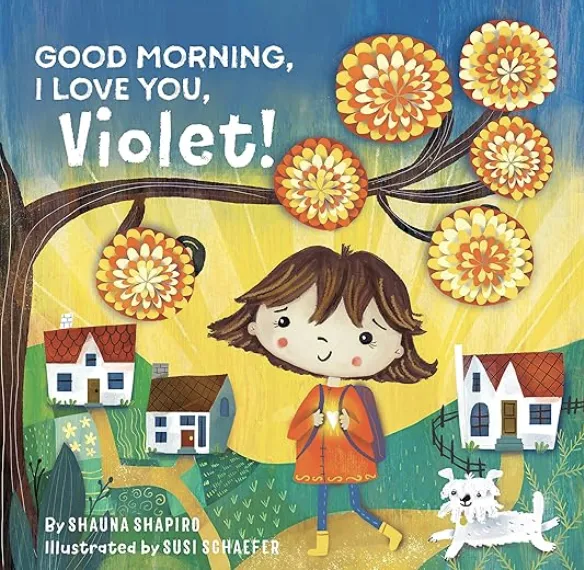
Why Has Nobody Told Me This Before?
by Dr. Julie Smith
Why Has Nobody Told Me This Before by Dr. Julie Smith is like that friend who finally tells you the obvious—except instead of reminding you to set a timer to submit your attendance every day, it’s about managing your mental health.
It is great for educators looking to boost their mental well-being while supporting their students' emotional needs. Dr. Smith takes complex psychological concepts and breaks them down into practical advice, perfect for busy teachers. One helpful tip is to "embrace imperfection"—an encouraging reminder for educators balancing a packed schedule. She suggests that being kind to ourselves when we make mistakes not only fosters resilience but also models self-compassion for students.
Another great takeaway is the power of mindfulness. Dr. Smith emphasizes "grounding yourself in the present moment," which can help teachers and students find their calm in hectic situations or when feeling big emotions. Finally, her advice to "reframe negative thoughts" is a game-changer for educators. By recognizing unhelpful thinking patterns and shifting our perspective, we can handle stressful situations more effectively, benefiting us and our students.
You may have been told these things before, but this book is a beautifully wrapped package with these amazing tools (and more) all in one spot. It is a must-read for anyone in education who wants practical, relatable strategies to improve their and their students' emotional well-being.
If you'd like, you can purchase the book HERE on Amazon (I'm not an affiliate).
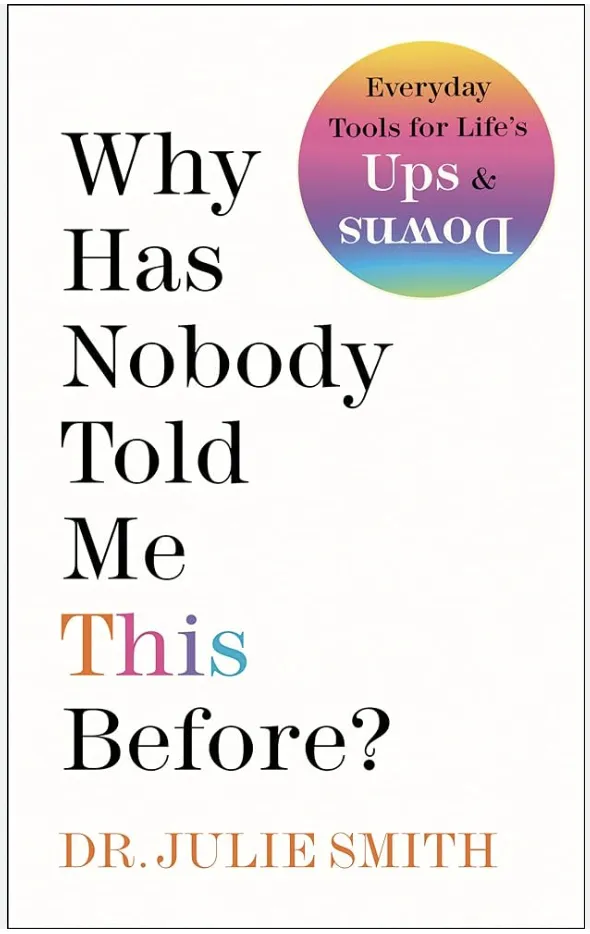
Breathing Makes It Better
By Christopher Willard and Wendy O'Leary
Breathing Makes It Better by Christopher Willard is a gentle, engaging book that offers young readers a simple, relatable way to understand and cope with big feelings through mindful breathing. Each page explores different emotions—anger, sadness, excitement, and fear—making it a versatile tool for teachers to support students in managing everyday ups and downs.
For example, one story encourages kids to breathe slowly to release anger or tension, while another guides them to imagine breathing in a calming color when feeling sad. With its vivid illustrations and soothing tone, it’s a perfect read-aloud for introducing mindfulness during morning meetings, brain breaks, or whenever students need help refocusing.
I revisit this book many times throughout the year to remind my students about the superpower of mindful breathing. The exercises are easy to follow, making them a valuable resource for building emotional regulation skills in the classroom. It's a great book for parents, too.
If you'd like, you can purchase the book HERE on Amazon (I'm not an affiliate).
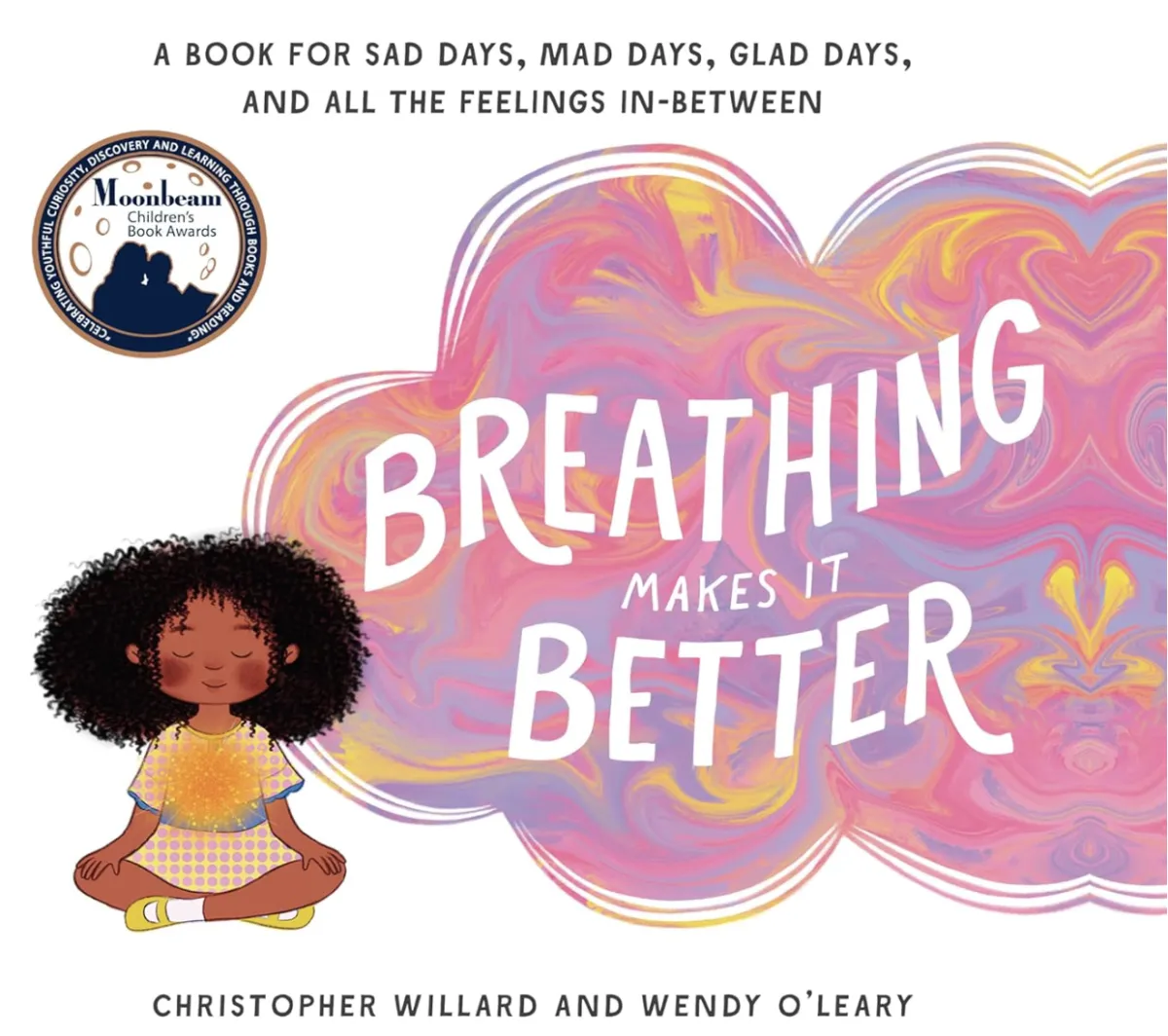
Breathe Like a Bear
By Kira Willey
A thoughtful student, inspired by my passion for mindfulness and how it was positively impacting him, gifted me this incredible book, Breathe Like a Bear by Kira Willey.
This charming collection of mindfulness exercises is designed specifically for kids and offers bite-sized practices that even the busiest classroom schedule can accommodate.
From fun breathing exercises like “Bunny Breath” to grounding activities like “Be a Tree,” Willey makes mindfulness accessible, engaging, and, dare I say, adorable. Each activity comes with simple instructions, making it perfect for a brain break, a calm corner reset, or even a rainy-day recess alternative (we’ve all been there).
What’s great about Breathe Like a Bear is its versatility. Struggling with the post-lunch wiggles? Try “Hot Chocolate Breath” to help students focus. Need a transition activity that doesn’t involve wrangling 25 little bodies? “Candle Breath” can do wonders. The book’s colorful illustrations and relatable themes resonate with kids, while you reap the benefits of a calmer, more centered classroom environment.
Plus, let’s be real—taking a few deep breaths together means you might also survive the afternoon chaos. It’s a win-win for everyone!
This book sparked the inspiration for me to create my own mindful breathing exercises for kids. Feel free to take a look here: Mindful Breathing Exercises.
If you'd like, you can purchase the book HERE on Amazon (I'm not an affiliate).
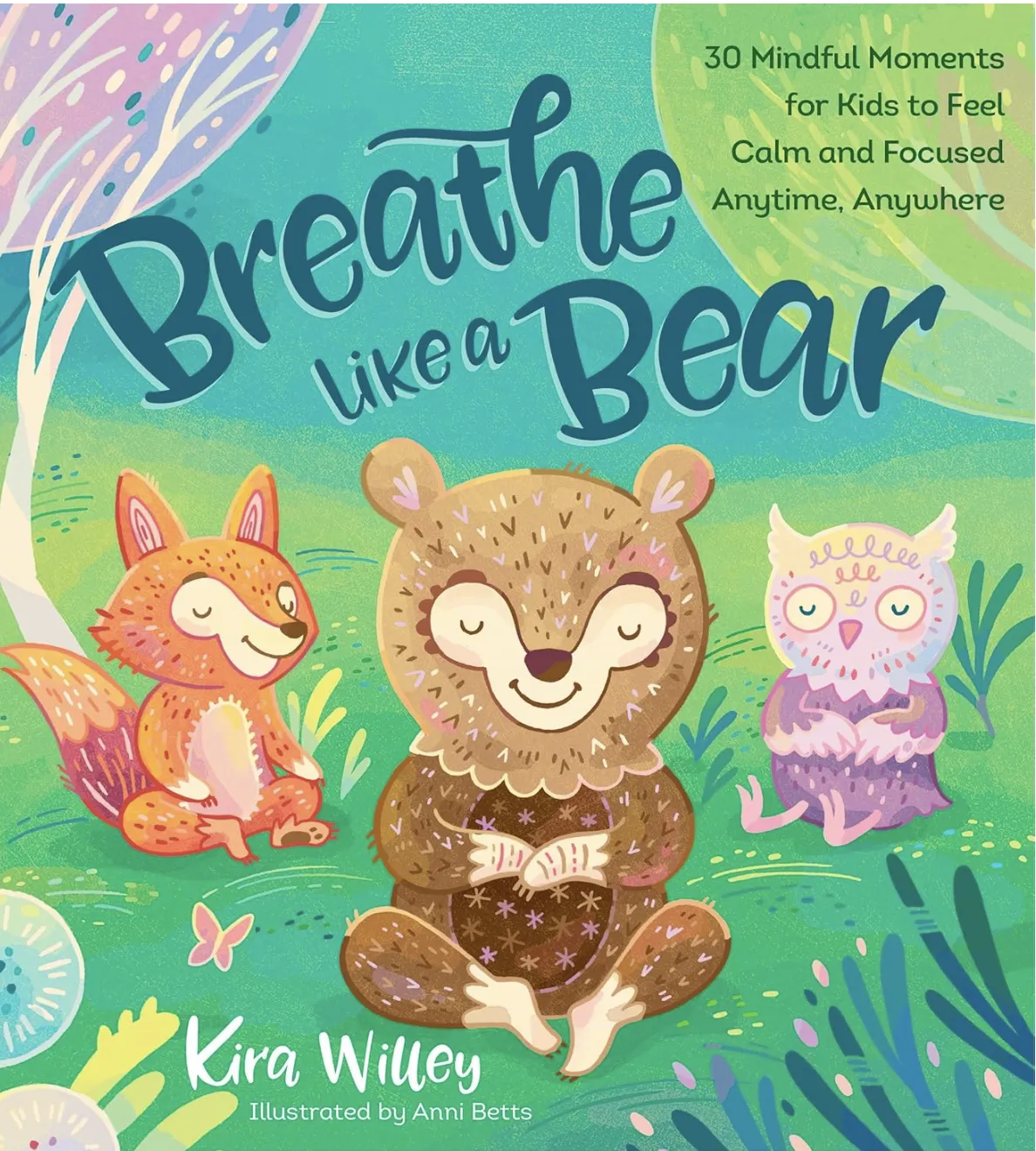
Yoga Life
By Brett Larkin
If your days are spent juggling lesson plans, parent emails, and the occasional glue stick mishap, Yoga Life by Brett Larkin might just be the breath of fresh air (and sanity) you’ve been seeking.
Written with warmth and wisdom, this book is a perfect blend of yoga philosophy, practical exercises, and relatable anecdotes tailored for anyone wanting to live more mindfully—both on and off the mat. The format of Yoga Life is what makes it a standout for us teachers. I read it in two days. The chapters are bite-sized and filled with actionable tips that are easy to integrate into your already-packed schedule.
Whether you have five minutes between classes or a luxurious 20 minutes on a Sunday morning, Larkin’s approachable style ensures that yoga becomes a sustainable part of your life. As Larkin says, “Yoga isn’t about touching your toes; it’s about what you learn on the way down.” For teachers, this perspective feels like a gentle reminder that progress—not perfection—is what truly matters.
The book isn’t just about physical poses—it’s about reshaping your mindset. Larkin introduces readers to the concept of the three doshas—Vata, Pitta, and Kapha—from Ayurveda, explaining how these energies influence our body and mind. She provides a straightforward quiz to help readers identify their dominant dosha and practical tips to bring balance to their lives. For educators, understanding your dosha can be a game-changer. If your Vata energy leaves you feeling scattered or your Pitta makes you prone to burnout, Larkin’s advice offers a roadmap to restore equilibrium. As she writes, “When you understand your inner nature, you can finally work with it, not against it.”
Another gem: “Stillness is not the absence of movement but the cultivation of inner peace.” For educators who rarely sit still, this idea is both validating and inspiring. Yoga Life is more than a guide to yoga—it’s a guide to living with intention, clarity, and grace. For us teachers, it’s a gentle nudge to carve out moments of self-care.
This book is a great addition to any educator’s toolkit. So grab a copy, unroll your mat (or just your desk chair), and get ready to breathe a little easier.
If you'd like, you can purchase the book HERE on Amazon (I'm not an affiliate).
If your days are spent juggling lesson plans, parent emails, and the occasional glue stick mishap, Yoga Life by Brett Larkin might just be the breath of fresh air (and sanity) you’ve been seeking.
Written with warmth and wisdom, this book is a perfect blend of yoga philosophy, practical exercises, and relatable anecdotes tailored for anyone wanting to live more mindfully—both on and off the mat. The format of Yoga Life is what makes it a standout for us teachers. I read it in two days. The chapters are bite-sized and filled with actionable tips that are easy to integrate into your already-packed schedule.
Whether you have five minutes between classes or a luxurious 20 minutes on a Sunday morning, Larkin’s approachable style ensures that yoga becomes a sustainable part of your life. As Larkin says, “Yoga isn’t about touching your toes; it’s about what you learn on the way down.” For teachers, this perspective feels like a gentle reminder that progress—not perfection—is what truly matters.
The book isn’t just about physical poses—it’s about reshaping your mindset. Larkin introduces readers to the concept of the three doshas—Vata, Pitta, and Kapha—from Ayurveda, explaining how these energies influence our body and mind. She provides a straightforward quiz to help readers identify their dominant dosha and practical tips to bring balance to their lives. For educators, understanding your dosha can be a game-changer. If your Vata energy leaves you feeling scattered or your Pitta makes you prone to burnout, Larkin’s advice offers a roadmap to restore equilibrium. As she writes, “When you understand your inner nature, you can finally work with it, not against it.”
Another gem: “Stillness is not the absence of movement but the cultivation of inner peace.” For educators who rarely sit still, this idea is both validating and inspiring. Yoga Life is more than a guide to yoga—it’s a guide to living with intention, clarity, and grace. For us teachers, it’s a gentle nudge to carve out moments of self-care.
This book is a great addition to any educator’s toolkit. So grab a copy, unroll your mat (or just your desk chair), and get ready to breathe a little easier.
If you'd like, you can purchase the book HERE on Amazon (I'm not an affiliate).
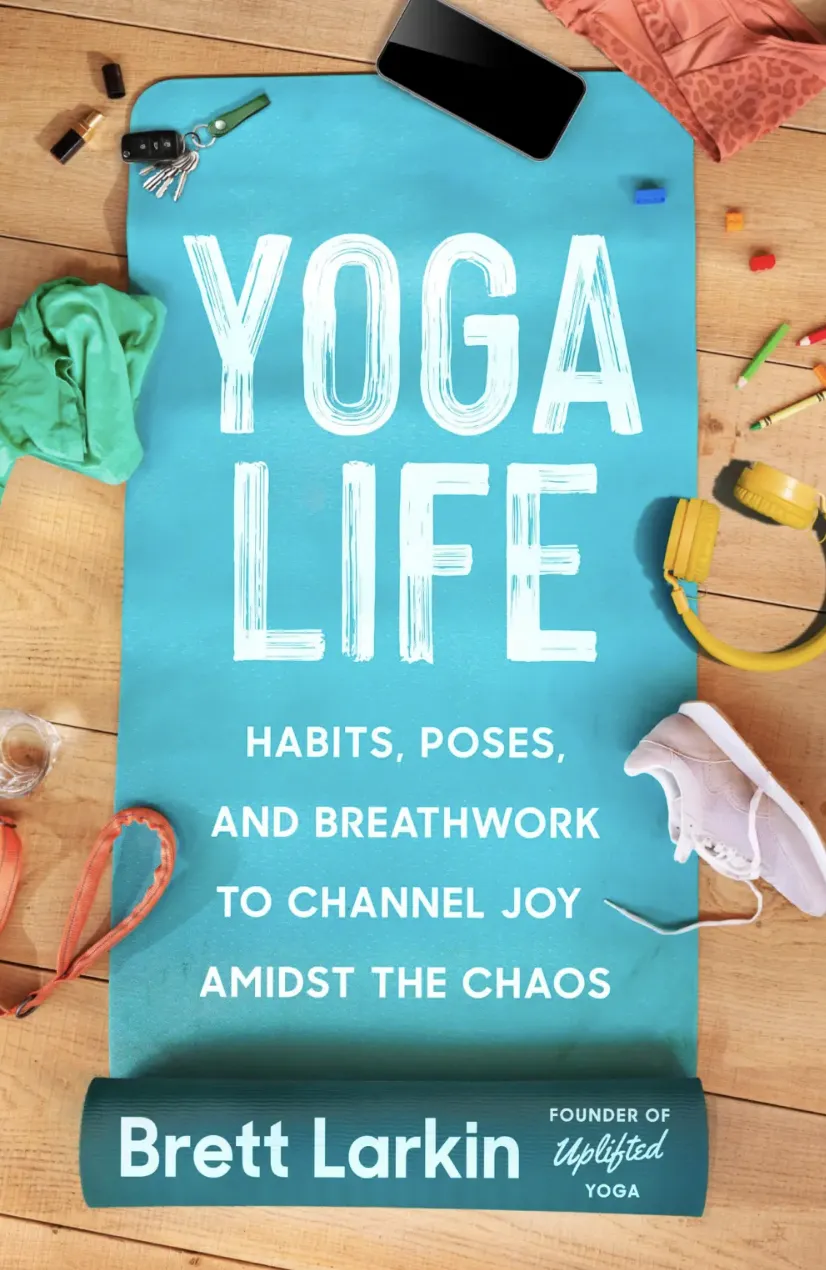
It's Ok: Being Kind to Yourself When Things Feel Hard
By Wendy O'Leary
If you’ve ever had a student struggling with frustration, disappointment, or self-doubt, It’s Ok: Being Kind to Yourself When Things Feel Hard by Wendy O’Leary is the book you didn’t know you needed.
This beautifully written and illustrated book teaches children the power of self-compassion. With gentle, reassuring language, O’Leary helps kids understand that tough emotions are a normal part of life—and that kindness isn’t just something we show to others but something we can (and should) offer ourselves.
The book introduces simple mindfulness strategies, like deep breathing and self-affirmation, making it a valuable tool for emotional regulation.
What makes It’s Ok such a great fit for the classroom? It gives teachers a way to guide students through difficult feelings without dismissing or fixing them. Whether it’s part of a morning meeting discussion, a calm corner resource, or a read-aloud after a challenging moment, this book helps kids build resilience and emotional awareness. Plus, let’s be honest—many of us could use the reminder to be a little kinder to ourselves, too.
If you’re looking for a book that supports emotional well-being and mindfulness in a kid-friendly way, It’s Ok is a must-have. You can find it [HERE on Amazon] (not an affiliate link).
Mindful Mr. Sloth
By Katy Hudson
It’s Monday morning, and your classroom feels like a high-speed racetrack—students are talking a mile a minute, backpacks are flung onto chairs, and someone is already calling your name before you’ve even set down your coffee. If your students are constantly in “go, go, go” mode, Mindful Mr. Sloth by Katy Hudson might be just the book you need to help them slow down, breathe, and be present.
This beautifully illustrated story follows Sasha, a high-energy girl who wants to do everything fast, switching from one activity to the next at lightning speed—until she meets Mr. Sloth, who does everything at his own relaxed pace. At first, Sasha finds his slow way of life frustrating, but over time, she learns the beauty of taking things one moment at a time.
This heartwarming book is a perfect introduction to mindfulness, patience, and appreciating the present moment.
Click here to learn more: Slowing Down with Mindful Mr. Sloth
If you'd like, you can purchase the book HERE on Amazon (I'm not an affiliate).

Hello, Sun!
By Sarah Jane Hinder
Hello, Sun! by Sarah Hinder is a warm, inviting book that’s perfect for helping students start their day with mindfulness and positivity. Through simple stretches, breathwork, and affirmations, it encourages young learners to connect with their bodies and set a peaceful tone for the day — an ideal addition to any morning meeting or movement break.
It guides readers through a gentle sun salutation and morning mindfulness practice. The colorful illustrations are vibrant and full of life with sunny hues that will capture your students’ attention and lift their spirits.
Teachers can easily use Hello, Sun! during circle time, as a brain break, or to introduce mindfulness practices in a fun and approachable way. It’s a wonderful tool for supporting social-emotional learning while creating a calm, connected classroom environment.
A beautiful, feel-good read you’ll reach for again and again!
If you'd like, you can purchase the book HERE on Amazon (I'm not an affiliate).
